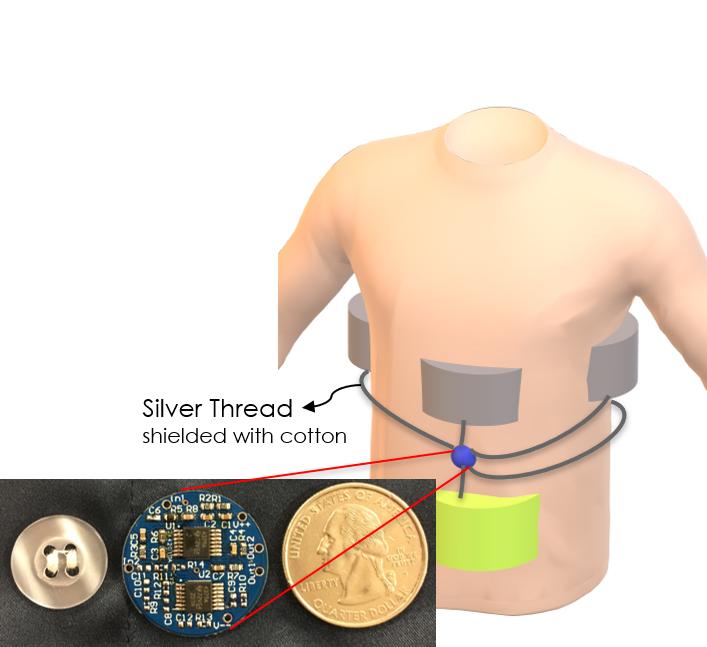
Smart pyjamas with built-in sensors to measure heart rate, respiratory rhythm and sleep posture have been developed by researchers at the University of Massachusetts (UMASS).
The physiological-sensing textiles that can be woven or stitched into sleep garments have been dubbed ‘phyjamas’.
According to World Sleep Society statistics, sleep problems constitute a global epidemic that threatens the health and quality of life for up to 45% of the world’s population.
Trisha Andrew, professor of chemistry and chemical engineering at UMASS, said: “We expect that these advances can be particularly useful for monitoring elderly patients, many of whom suffer from sleep disorders.
“Current generation wearables, like smartwatches, are not ideal for this population since elderly individuals often forget to consistently wear or are resistant to wearing additional devices, while sleepwear is already a normal part of their daily life.
“More than that, your watch can’t tell you which position you sleep in, and whether your sleep posture is affecting your sleep quality — our Phyjama can.”
How smart pyjamas sensors can deliver health benefits
Research has shown sleep can help protect people against stress, infections and various diseases, including heart and kidney disease, high blood pressure and diabetes. Yet most people do not get enough of it — or the right kind.
Lack of sleep is seen as a global issue, with various studies finding, on average, most populations across the world are not getting the recommended eight hours a night of sleep for adults.

The Phyjamas sleepwaear features five strategically placed textile patches with embedded sensors that can detect constant physical pressures such as a person’s body lying on a bed.
Professor Deepak Ganesan from the department of computer science at UMASS said: “Such pressured regions of the textile are potential locations where we can measure ballistic movements caused by heartbeats and breathing, these can be used to extract physiological variables.”
The wires from each patch are interconnected using silver-plated nylon threads shielded in cotton. This makes the phyjamas capable of monitoring multiple factors that can determine how well a person sleeps.
This generates data, which wearers can share with their clinicians to help understand what could be improved for better sleeping patterns.
A process called reactive vapour deposition allows the team to synthesise a polymer and simultaneously deposit it directly on fabric in the vapour phase to form electronic components and integrated sensors.
The researchers say vapour-deposited electronic polymer films are wash-and-wear stable, and can withstand mechanically demanding textile manufacturing processes.
The team also developed data analytics to fuse signals from many points, taking into account the quality of the signal coming in from each sensor location.
The authors report this combination allowed them to detect physiological signals across many different postures.
They performed multiple user studies in both controlled and natural settings, and showed that they can extract heartbeat peaks with high accuracy.
A paper exploring the study has been chosen for publication in the Proceedings of the ACM on Interactive, Mobile, Wearable and Ubiquitous Technologies, a premier journal series for research relevant to the post-PC era.






